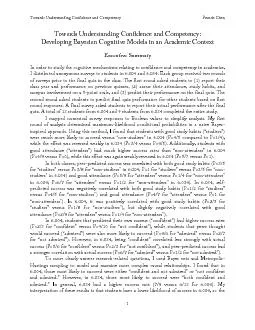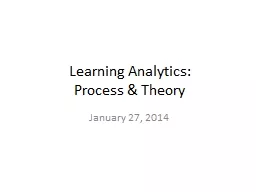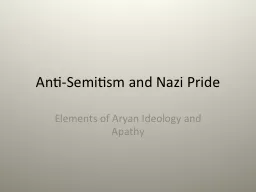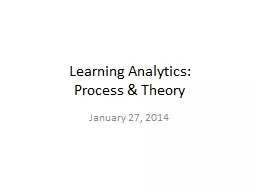PPT-Towards an anti-essentialist understanding of
Author : myesha-ticknor | Published Date : 2016-04-08
international education Xiaowei Zhou Edinburgh Napier University amp Richard Fay The University of Manchester Links to intercultural dialogue Introducing our teaching
Presentation Embed Code
Download Presentation
Download Presentation The PPT/PDF document "Towards an anti-essentialist understandi..." is the property of its rightful owner. Permission is granted to download and print the materials on this website for personal, non-commercial use only, and to display it on your personal computer provided you do not modify the materials and that you retain all copyright notices contained in the materials. By downloading content from our website, you accept the terms of this agreement.
Towards an anti-essentialist understanding of: Transcript
Download Rules Of Document
"Towards an anti-essentialist understanding of"The content belongs to its owner. You may download and print it for personal use, without modification, and keep all copyright notices. By downloading, you agree to these terms.
Related Documents














